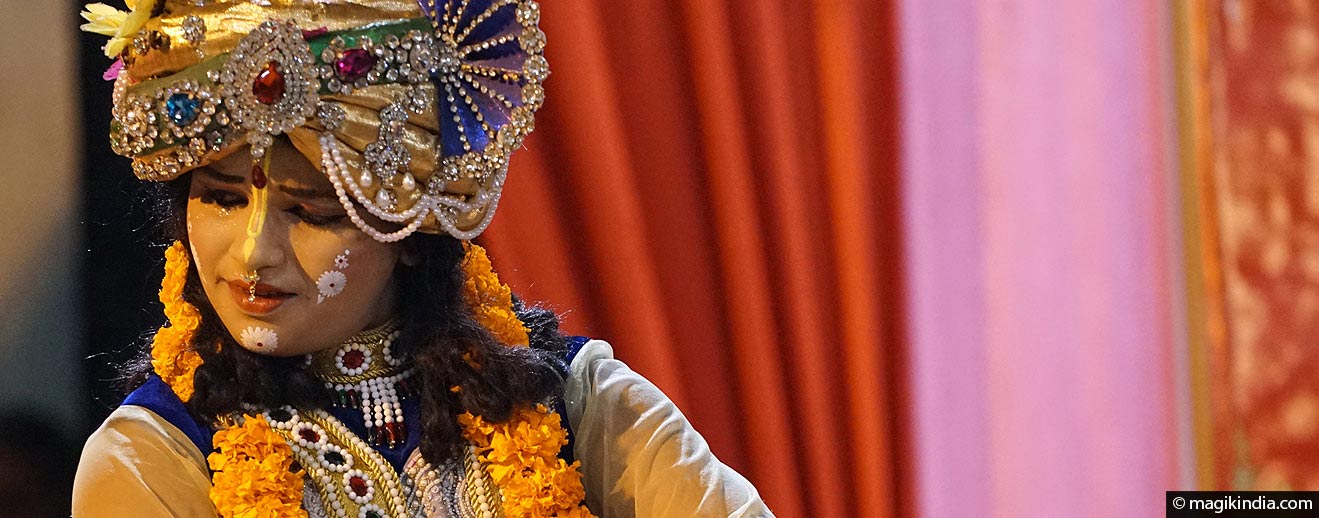
Krishna Jayanti, the birth of the dark-faced lord
The Hindu festival of Krishna Jayanti or Krishna Janamashtami marks the birth of the dark-faced, flute-playing god Krishna. He is one of the most popular gods in the Hindu pantheon and the story of his life has influenced in many ways the culture of India. Krishna has many faces: he is the symbol of pure love, wisdom and joy, but above all he is the hero of the Bhagavad Gita and as such he is regarded as a leader and a spiritual master by his faithful.

“In Sanskrit, the world Krishna means “dark”, indicating the Supreme Consciousness. Pure Consciousness is said to be “dark”, not as opposed to “light,” but in the sense that it is unseen by or unknown to one as long as one remains footed in earthly experiences. The incarnation of Krishna represents the descent of the infinite Brahman to the material world.” (source: chinmayamission.com)
The influence of Krishna’s life is felt not only at a spiritual level but also in the arts of India: traditional painting is largely devoted to it (Rajasthan, Tanjore, Kangra), so as is the Indian classical dance (Odissi, Kathak, Sattriya), and music and poetry.
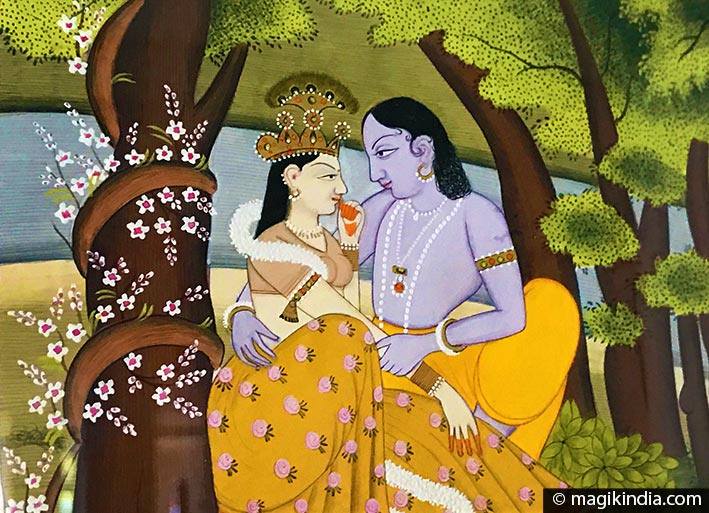
His birthday is celebrated on the eighth day of the waning moon in the month of Saravana (July-August in the Gregorian calendar). Janamashtami means “birth of the eighth”, because Krishna is the eighth child of Vasudeva and Devaki and also the eighth avatar (incarnation) of Vishnu.
In the Vedas (the ancient Hindu sacred texts) Krishna is the one who transmitted the wisdom of the Bhagavad Gita to his disciple Arjuna, as such, he is regarded as the ‘adi-guru’, the first spiritual master. It is said that the teacher-disciple relationship or ‘guru-parampara’ begins with him.
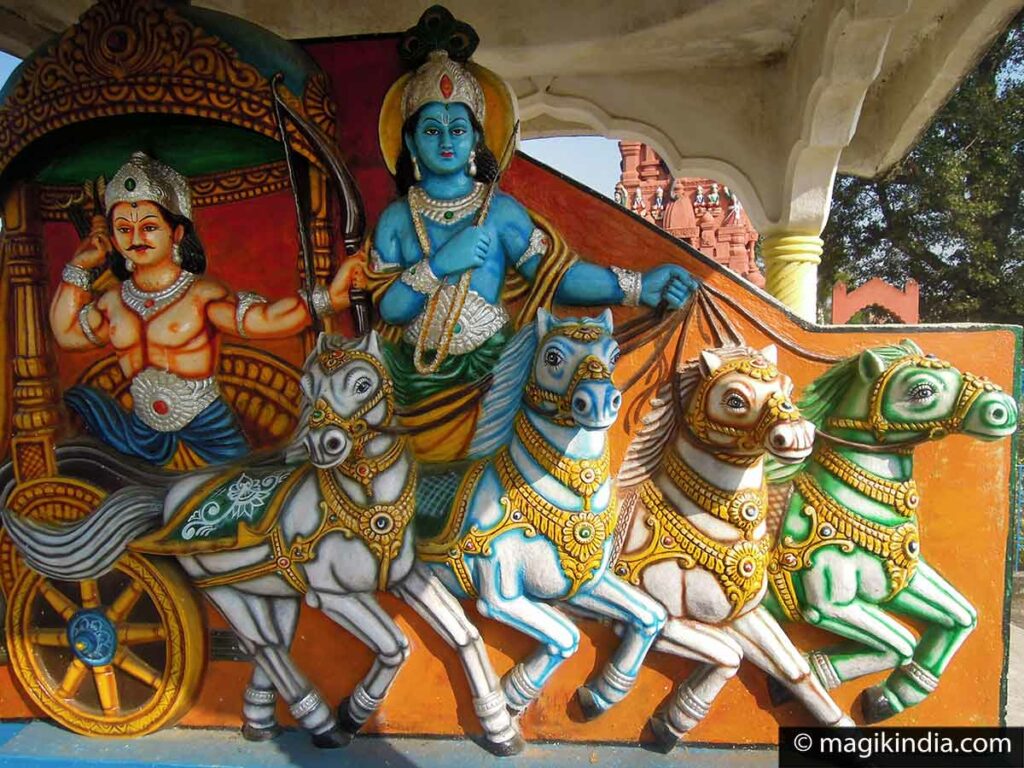
The legend of Krishna’s birth
When Mother Earth could no longer bear the evils committed by human governors, she asked the god Brahma, creator of the universe, for help. Brahma turned to Vishnu, who assured him that he would soon take human form to overcome the tyrannical powers that held sway. There was at that time serious misrule in the town of Mathura in North India, where the king Kamsa had dethroned his father and now terrorised the population.

On the day that King Kamsa’s sister Devaki married a man called Vasudeva, an akashvani or celestial voice prophesied that the eighth son born to Devaki would destroy Kamsa.
King Kamsa immediately unsheathed his sword to kill his sister but Vasudeva stepped in in time and implored Kamsa to spare her. In exchange, he promised to hand over each of his newborns. Kamsa agreed, but put the couple in prison.
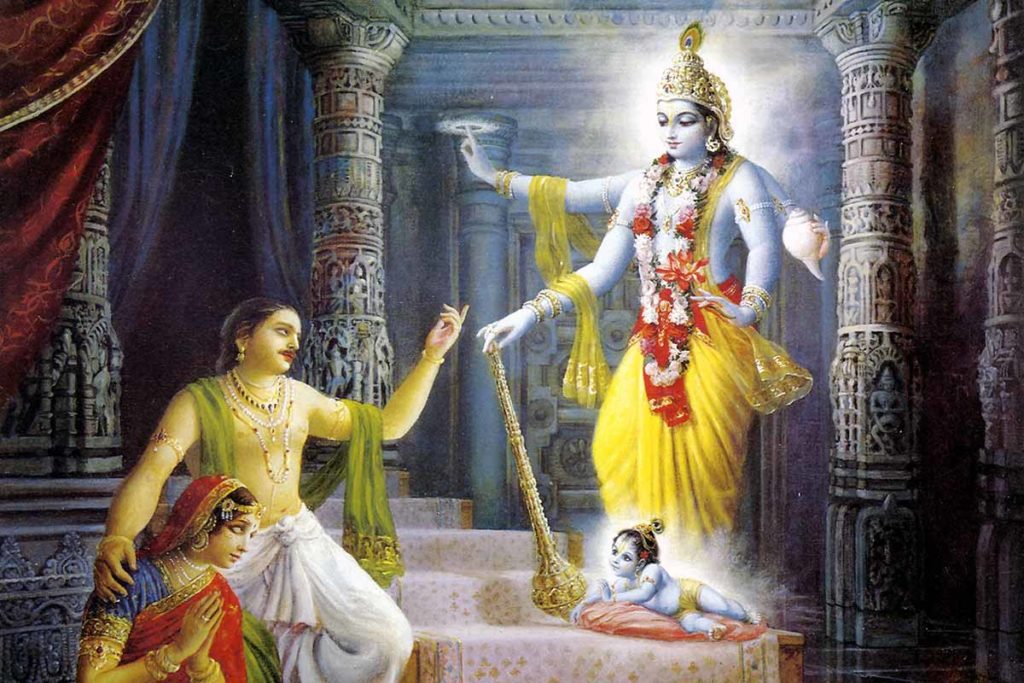
When Devaki gave birth to her first child, Kamsa came into the prison cell and killed the baby. He killed Devaki’s first six sons in the same way.
The seventh was miraculously transferred to the womb of Rohini, Vasudeva’s second wife, and grew up to become Balarama. When the eighth son was about to be born, Devaki and Vasudeva prayed God to spare the child.
Lord Vishnu appeared before them and said he would come himself to save them and all the people of Mathura.
He told Vasudeva to take the child as soon as it was born to the house of his friend Nanda in the village of Gokul where Nanda’s wife Yashoda, he said, would have just given birth to a girl. Vishnu told Vasudeva to exchange his son for Yashoda’s daughter and bring her back to the prison, assuring him that “nothing would bar his path”.
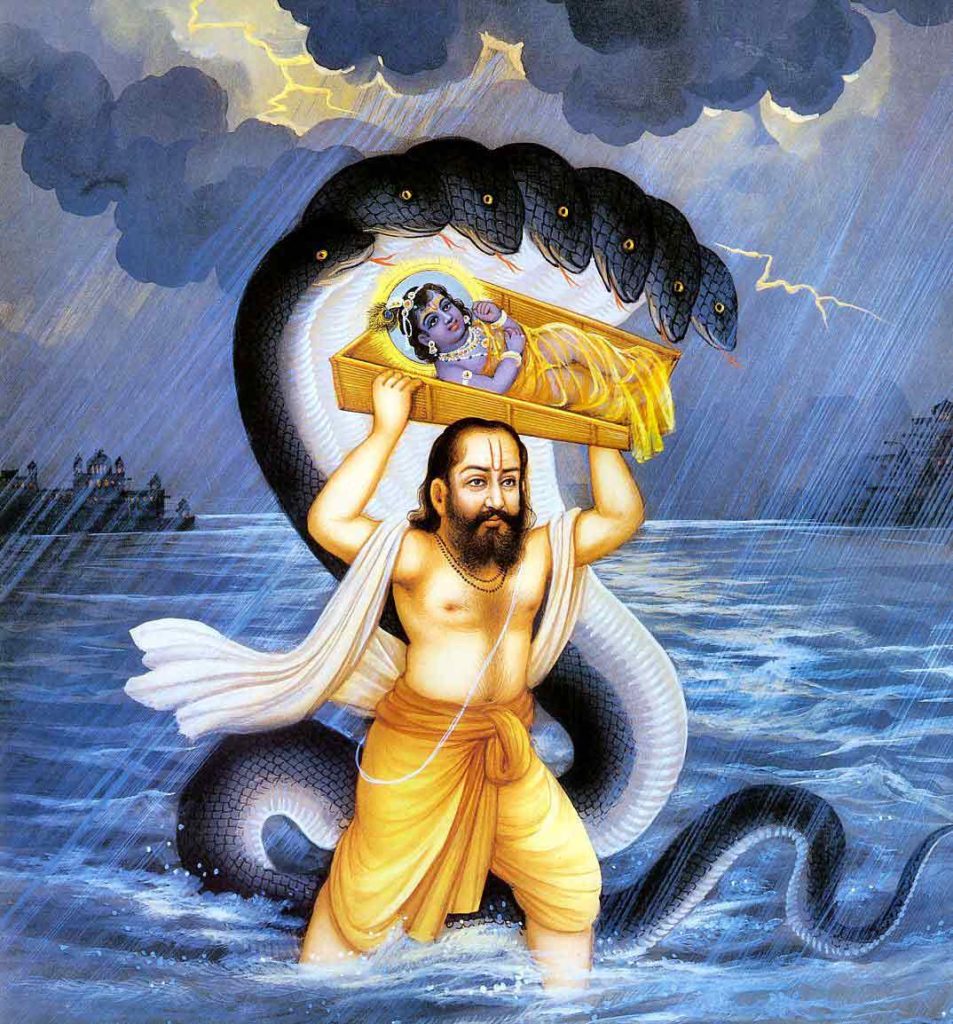
At midnight on the eighth day of the waning moon the divine child was born in Kamsa’s prison. Remembering Vishnu’s instructions, Vasudeva took the child in his arms. Finding that his ankles were no longer shackled and that the massive iron doors opened before him, he set off for Gokul with the baby. He crossed without difficulty the tumultuous Yamuna river which widened in its passage. Reaching Gokul, Vasudeva found the door of Nanda’s house wide open. He exchanged the babies and hastened back to Kamsa’s prison with the little girl.
When King Kamsa heard that an eighth child had been born to Devaki he rushed to the prison to kill it. But this time the baby slipped from his hands and was transformed into the goddess Yogamaya, who predicted Kamsa’s death.
Later, when Krishna was a young man, he killed Kamsa, freed his parents and restored his grandfather Ugrasen to the throne of Mathura.
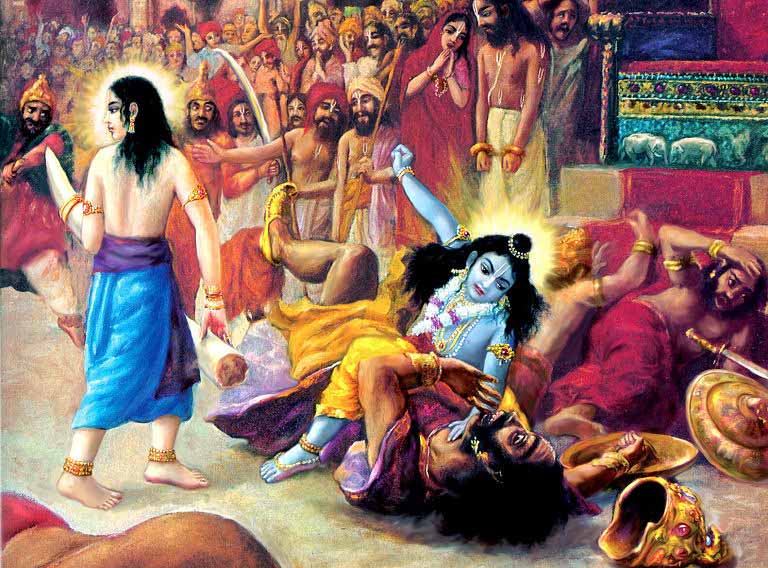
[ Cartoon on Krishna’s birth ]
Festivities of Krishna Jayanti
In temples to Krishna the festivities start before dawn and continue all day until midnight, the precise moment of Krishna’s birth. The events include the chanting of kirtans and bhajans (devotional songs), the reading of holy scriptures on the life of Krishna The fervour and excitement build up and sometimes the worshippers chant kirtans and the Rasa Lila, Krishna’s sacred dance of divine love.
A ritual called abhishekam is performed, during which Krishna idols are bathed with various propitious liquids, dressed in new clothes and lavishly decked in flower garlands.
The same kind of rituals are performed in people’s homes. Some devotees fast until midnight, others prepare milk-based dishes as prasad (holy food) to offer Krishna.
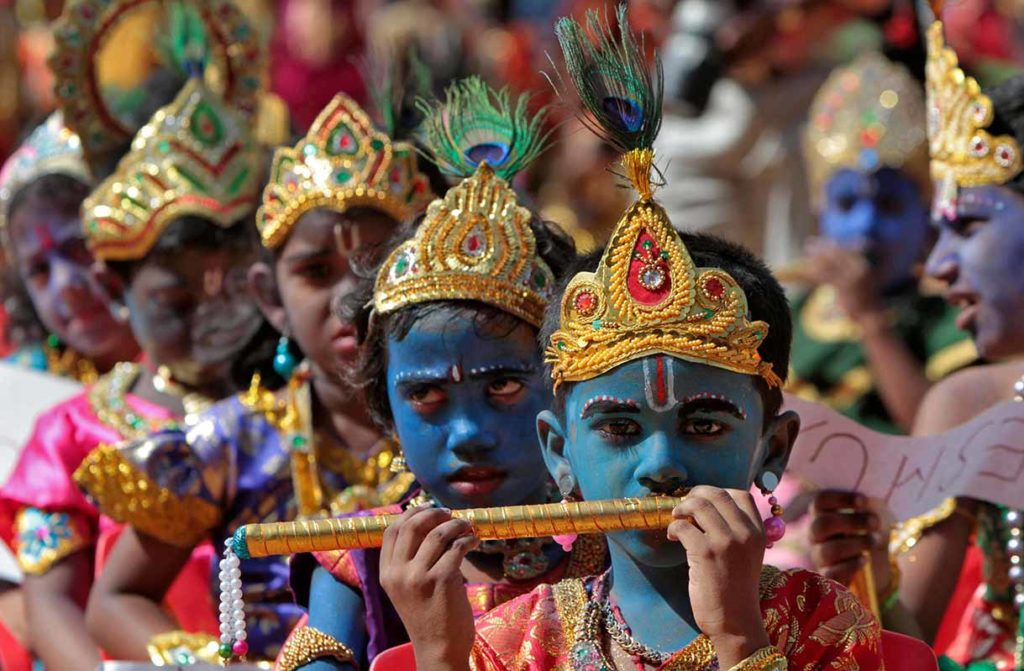
In some parts of India such as the states of Maharashtra and Rajasthan it is the mischievous side of the god that is celebrated by organising games of Dahi Handi, in which teams form human pyramids to break a pot full of yoghurt that has been hung up at a suitable height.
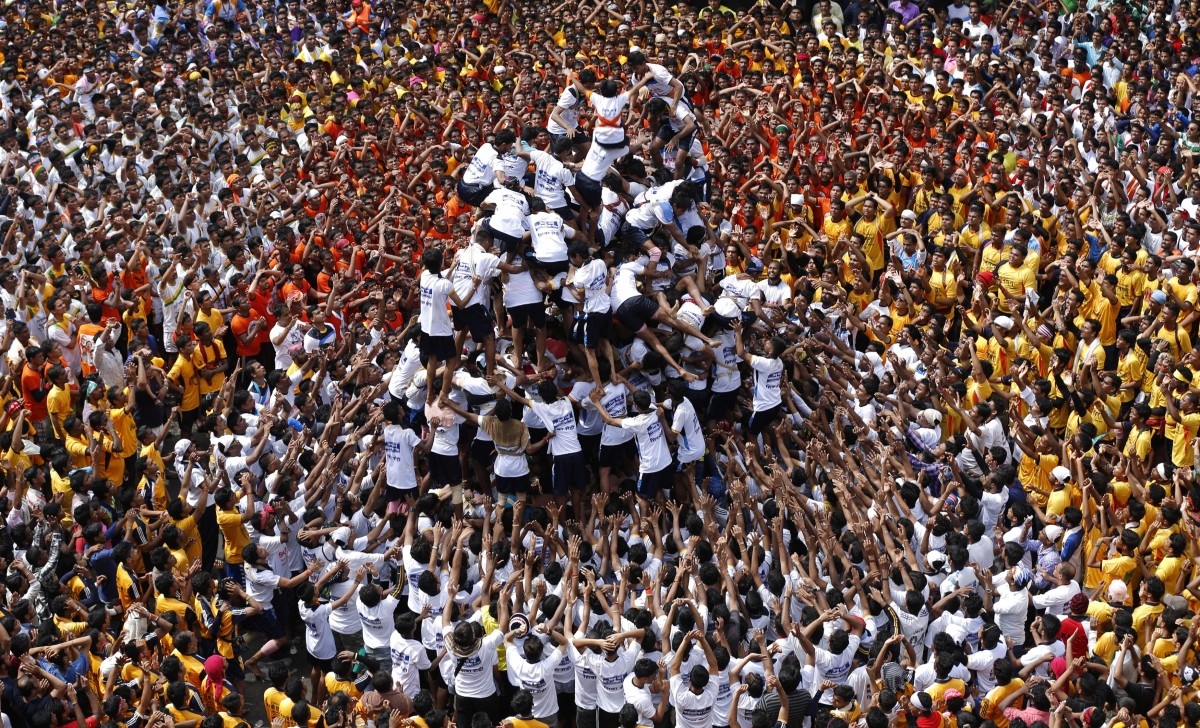
This tradition is known as Uriyadi in South India, particularly Tamil Nadu and Kerala. The game is a reminder of Krishna’s tricks as a child, when he stole pots of butter from the gopis (cowherds’ daughters or girls who minded cattle).
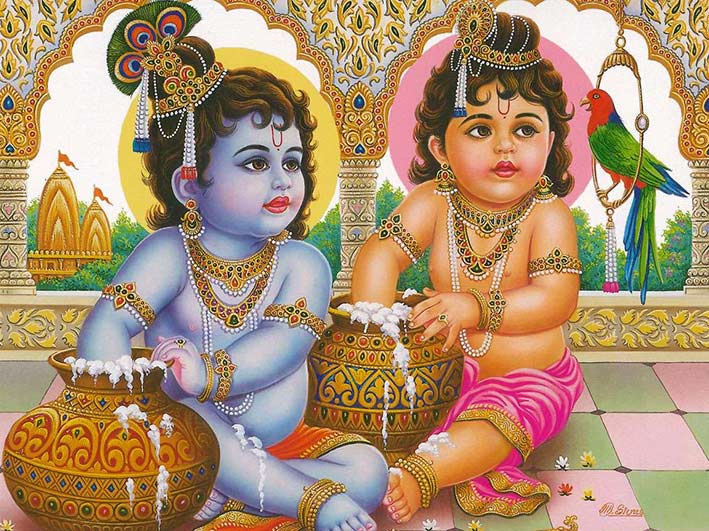

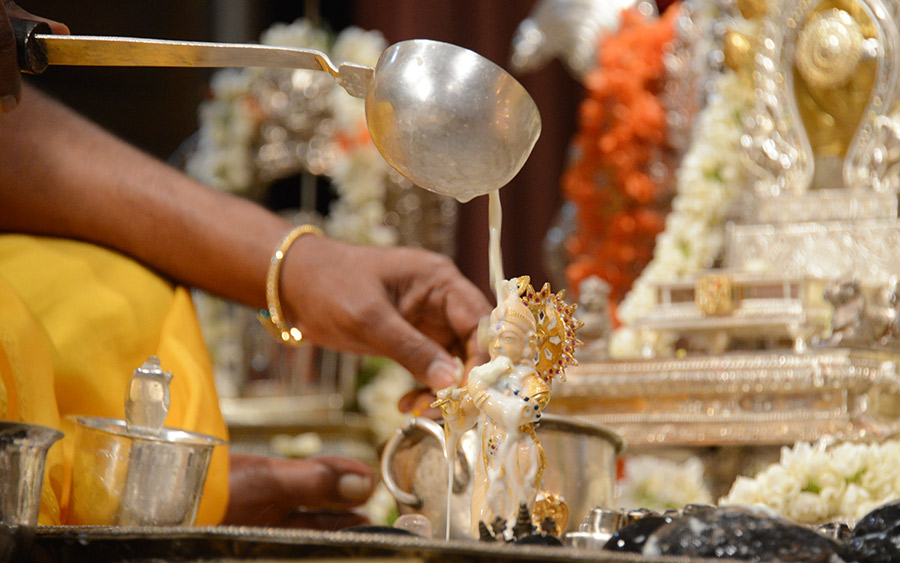
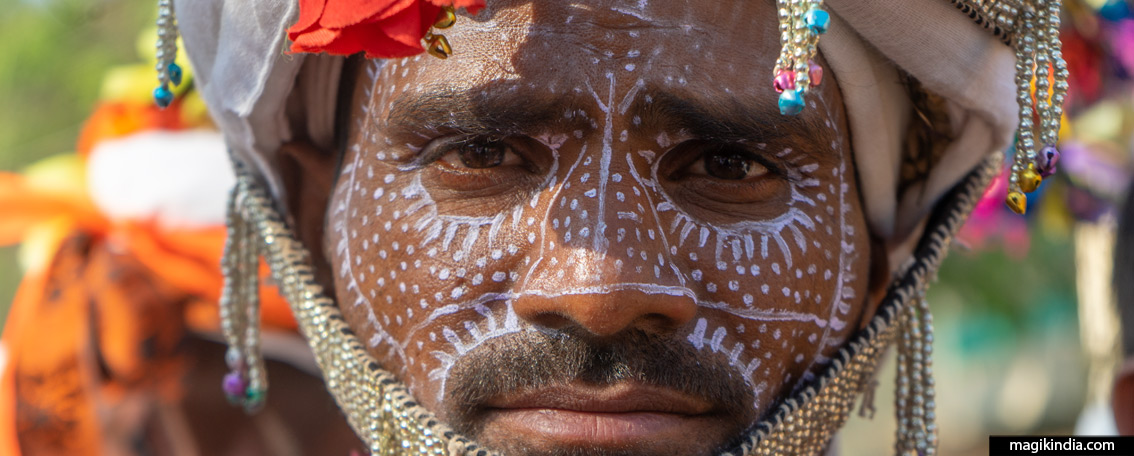
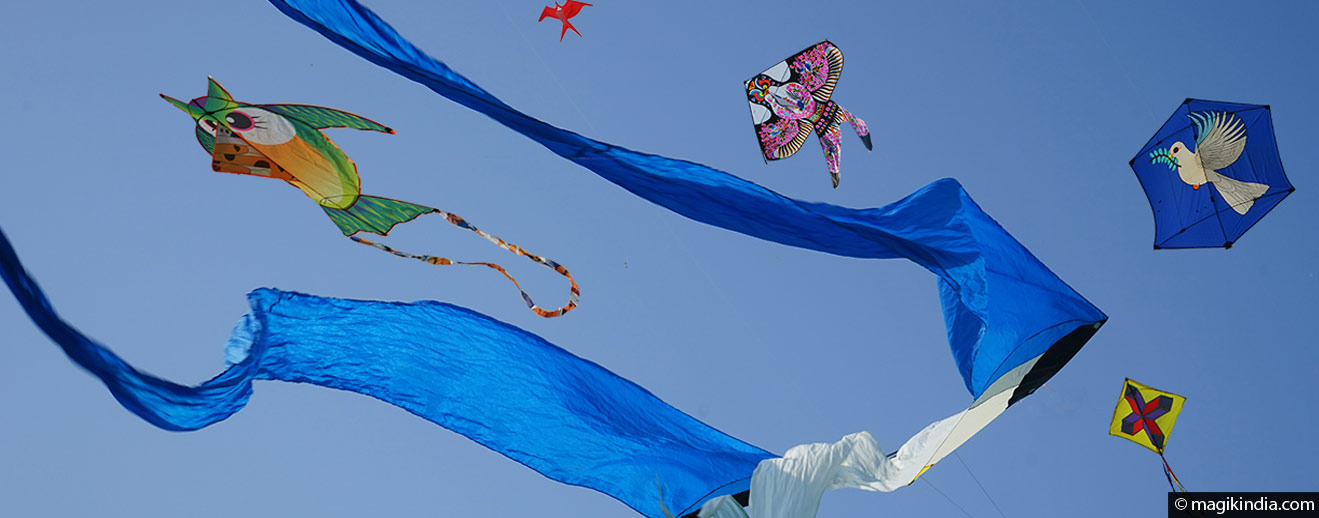
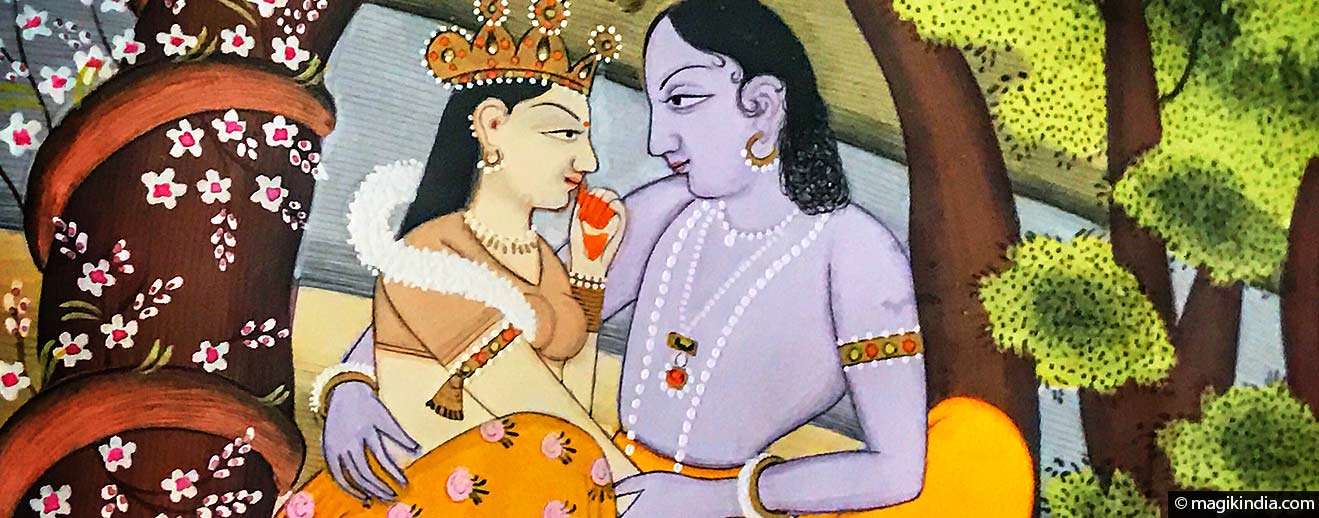
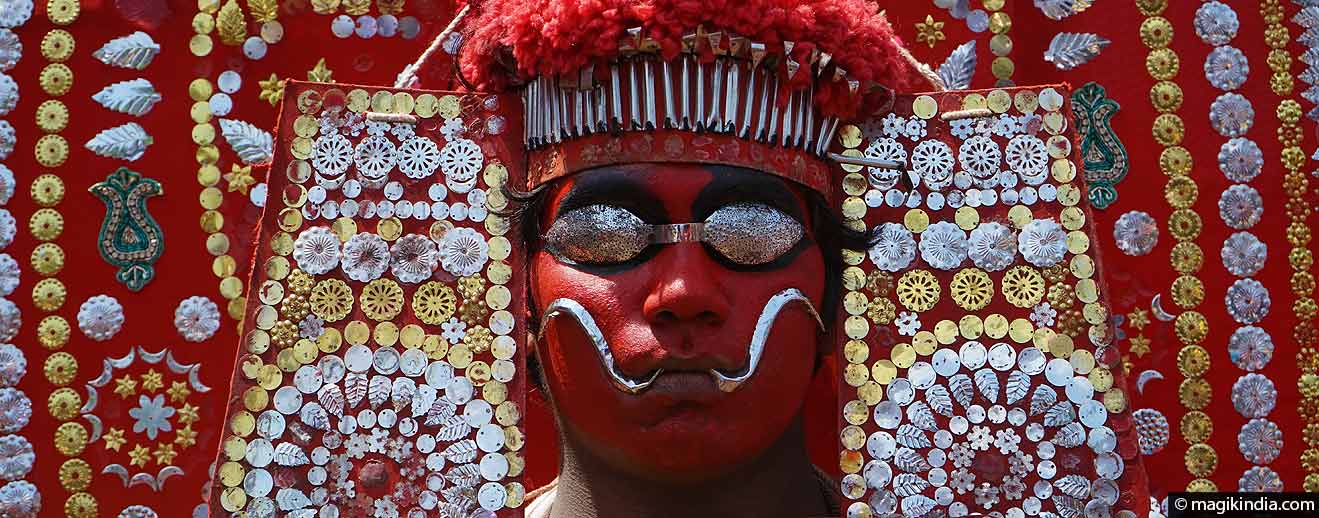
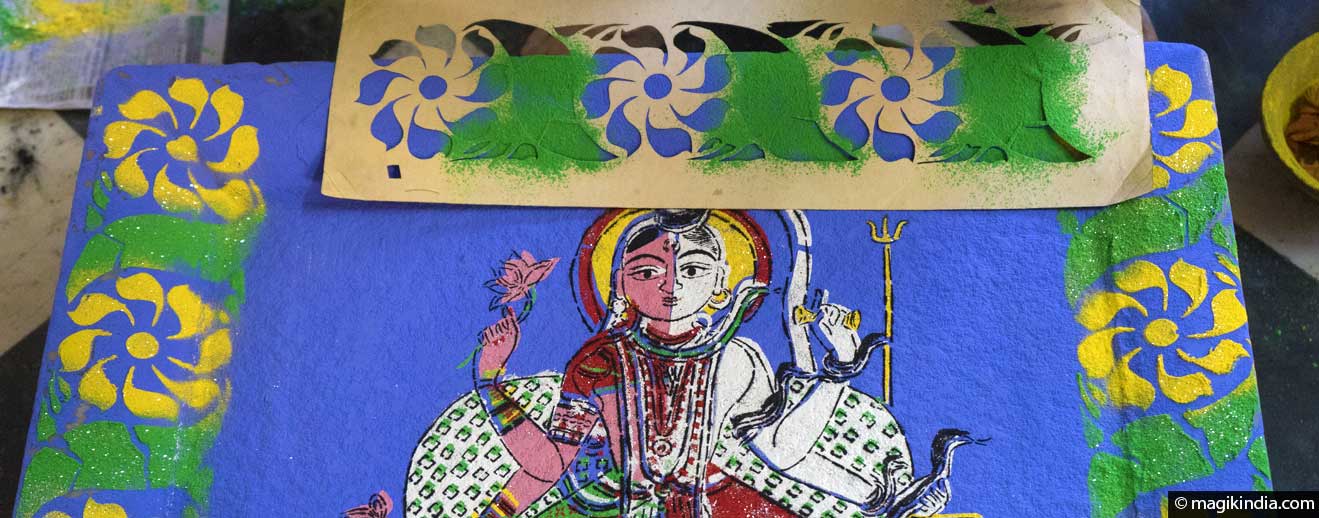
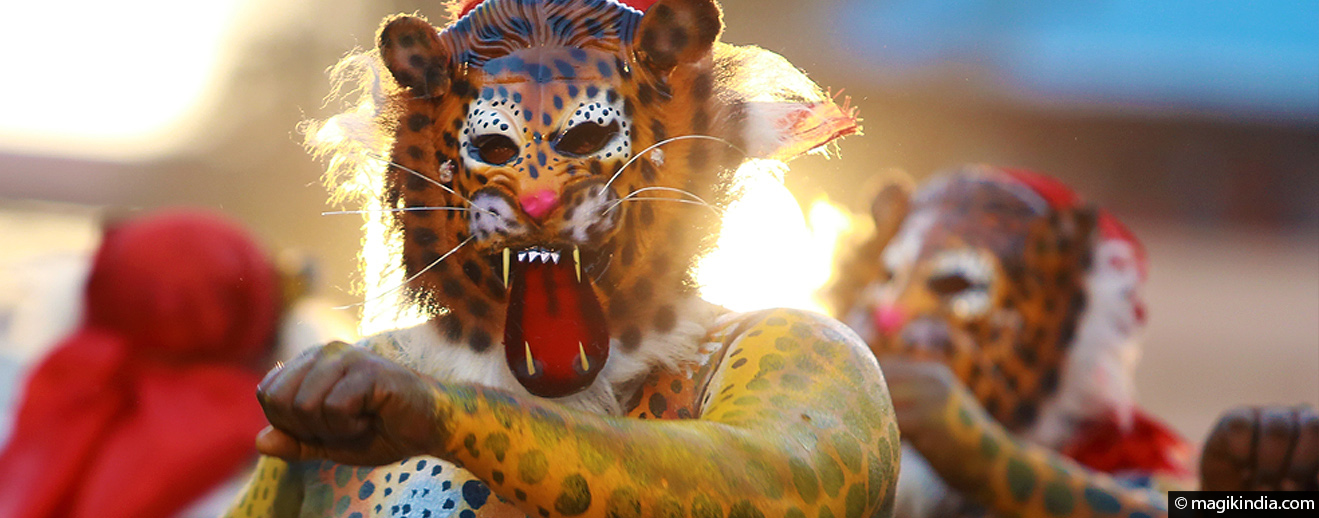
You are amazing mathini
Thanks Harish, Jai Sri Krishna 🙂